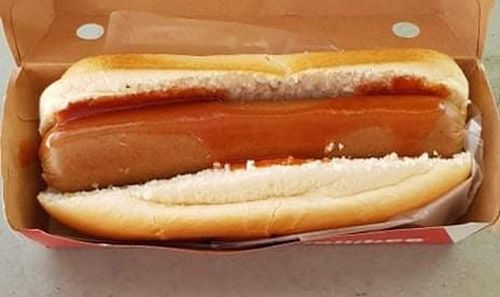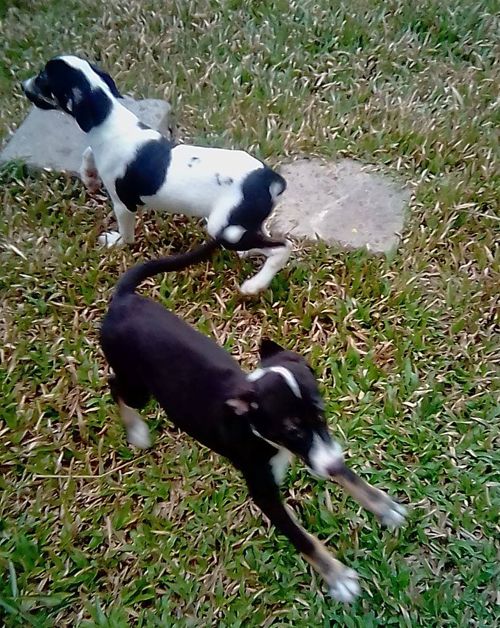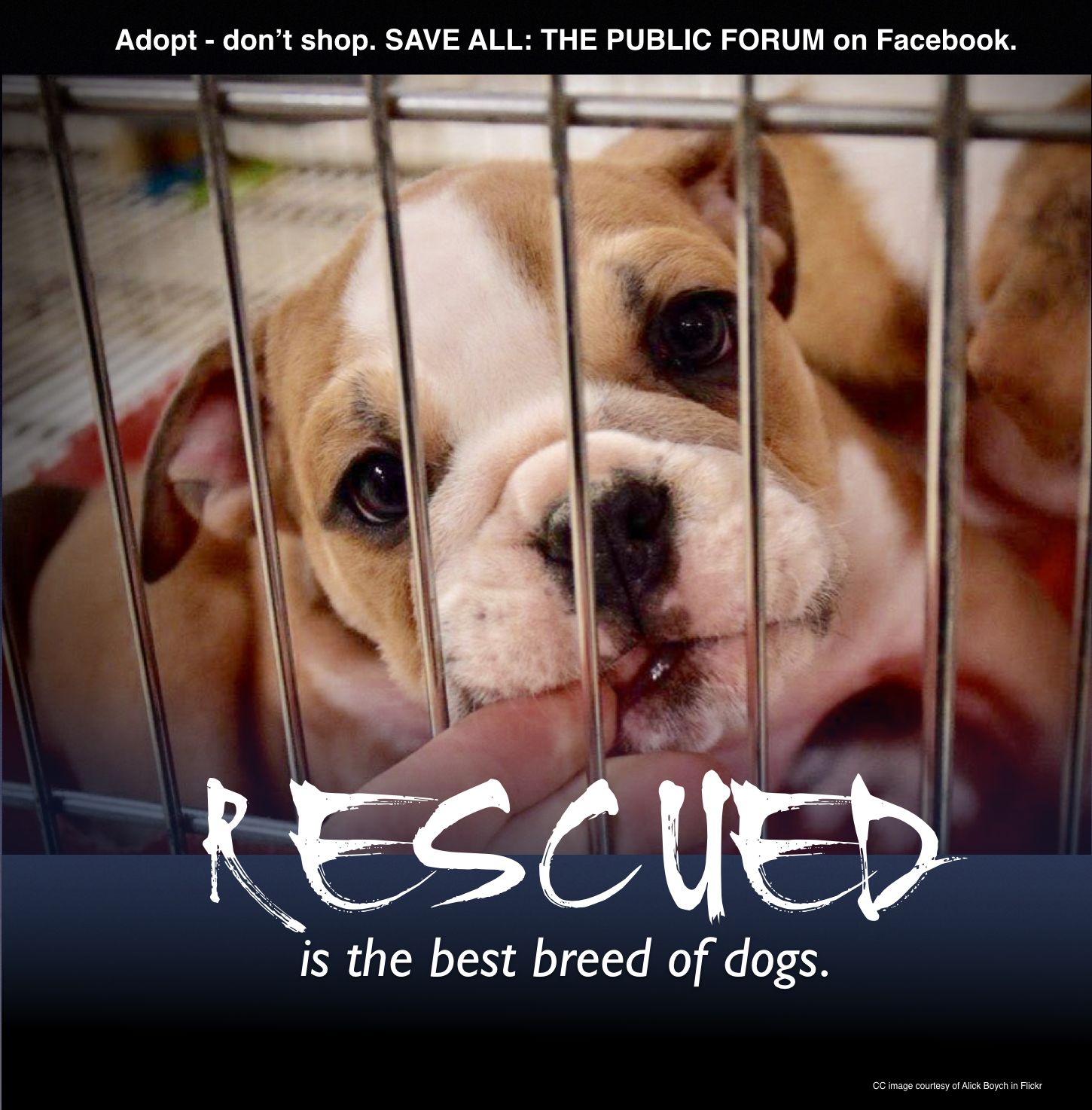Loving owners want to give the best to their pets always. But not all food they think are the best happen to be the healthiest food for their pet.

One human food that can cause health problems for a dog is the good ‘ole, delicious hotdog.
“Hot dogs have always been a bit of a mystery …And while manufacturers are trying to make this barbeque staple more wholesome … many brands still contain ingredients that aren’t great for your dog. Or you for that matter,” said Marie Gagne in “5 Reasons Hot Dogs Aren’t Cool For Your Dog” in dogsnaturallymagazine.com
Here are the reasons hotdog is bad for your dog and even for you, Gagne said:
1. Nitrates And Nitrites
Nitrate and nitrite are natural compounds which were approved as preservative by the US Food and Drug Administration (FDA, specifically for fish and meat products. These compounds, which help extend the life of the products, are found in the form of sodium nitrite or nitrate in cured meats like bacon, jerky, ham, luncheon meat, smoked fish, and hot dogs.
They are also used as a preservative in some commercial dog food.
But these compounds are not only found in processed food.
“Nitrate actually plays an important role in plant growth. It’s a major component of chlorophyll and helps give plants the energy to grow,” Gagne said.
This is why some fruits and vegetables have nitrate in them. Some with higher levels of nitrate are:
• Celery
• Spinach
• Radish
• Citrus fruit
• Cabbages
• Beets
• Carrots
Nitrates are part of a normal diet but too much can cause problems.
Toxicity And Cancer
Nitrates, which is more stable than nitrites, are less likely to cause harm. But nitrates convert to nitrites when they come into contact with bacteria in your dog’s saliva.
Nitrites can be dangerous, said Gagne.
“When your dog eats nitrites, one of two things can happen.
1. They become nitric oxide, which helps your dog. It can reduce inflammation, helps the vascular system function, and can prevent cancer.
2. They become nitrosamine, which harms your dog…” said Gagne.
“When nitrites are swallowed, they can react with the acidic environment in your dog’s gut. This creates nitrous acid. If the nitrous acid reacts with amines (proteins have many), it creates nitrosamines,” Gagne explained.
Nitrosamines are also produced when processed products with nitrites are heated at high temperatures.
Sadly, nitrosamines are believed to be carcinogenic, Gagne said. “In fact, they’re one of the main carcinogens in tobacco and tobacco smoke,” Gagne added.
Gagne warned nitrosamines can cause:
Reproductive toxicity
Developmental toxicity
Organ system toxicity
Nitrites in vegetables pose a lower risk because they are usually cooked at lower temperatures and lack high levels of protein, Gagne said.
The link between cured meats and cancer could also be traced to nitrosamines, she added.
“There are many studies that tested the effects of nitrosamines on animals. Some even looked at their effects on dogs. Exposure methods used included oral, stomach tubes and injections,” Gagne said.
Researchers recorded tumors in dogs exposed to the nitrosamines in the:
· Liver
· Lungs
· Upper respiratory system
· Nasal cavity
· Blood vessels
Nitrosamine can also increase risks of gastric cancer in dogs, the study showed.
Gagne quoted Kate Allen who spoke at the World Cancer Research Fund: “It’s not so much nitrates/nitrites per se [that are carcinogenic], but the way they are cooked and their local environment that is an important factor … For example, nitrites in processed meats are in close proximity to proteins (specifically amino acids). When cooked at high temperatures this allows them to more easily form nitrosamines, the cancer-causing compound.”

Methemoglobin
A protein called hemoglobin is in your dog’s red blood cells. “Oxygen cells bind to the hemoglobin and get carried from his lungs to the rest of his body. Hemoglobin also carries carbon dioxide from your organs back to the lungs,” Gagne said.
“Sometimes the iron in your dog’s blood oxidizes. When this happens … hemoglobin becomes methemoglobin and oxygen can no longer bind to it,” she said.
When there is too much methemogloin in your dog, the dog may develop methemoglobinemia, a blood disorder wherein your dog’s cells do not get enough oxygen. This happens when your dog eats or breathes in oxidizers like sodium nitrate or nitrite.
“If dogs have 7.9 to 19.8 mg/kg of sodium nitrite a day, it can lead to methemoglobin production. 40 mg/kg in a day is a lethal dose in dogs, “ Gagne said.
“Safe nitrate doses are much higher, as it’s much more stable,” she said.
While the nitrates and nitrites are not major concerns YET when given occasionally to dogs THROUGH HOTDOGS, it is always better to do what is safer. Accumulated nitrites can harm your dog. It is thus strongly suggested that you look for a more healthy treat.
2. Monosodium Glutamate (MSG)
Most hotdogs have MSG.
MSG tricks your dog’s brain to think the food is more tasty because it is an excitotoxin that increases dopamine production.
But MSG damages the brain and makes your dog think he is not full and needs more food.
MSG may even trigger learning disabilities and diseases like Parkinson’s.
Worse, it is also linked to the following problems:
· liver inflammation
· obesity
· diabetes
· neuroendocrine disturbances
· behavioral issues
· fetal brain damage
· toxicity to the liver, thymus, brain and kidneys.
MSG is present in some dog food, thus, owners are advised to always look at the ingredients in the dog food (and cat food) that one buys.
VERY IMPORTANT INFORMATION: MSG is NOT always listed as monosodium glutamate. It is also listed as:
· Any type of protein isolate (for example, soy protein isolate)
· Any type of textured protein (such as textured vegetable protein)
· Autolyzed yeast
· Hydrolyzed yeast
· Yeast extracts or yeast nutrient or yeast food
· Soy extracts
· Soy concentrate
· Sodium caseinate or calcium caseinate
· Monopotassium glutamate
· Glutamate, glutamic acid, or free glutamate
So watch out for these in the ingredients at the back of the packaging of the dog food and cat food.
Artificial Sweeteners
Artificial sweeteners are food for viruses, bad bacteria, and yeast in your dog’s gut.
Common sweeteners are:
· Sucrose
· Fructose
· Maldextrin
· Sorbitol
· Maltrin
Watch out for xylitol which is very toxic to dogs. “When your dog eats xylitol, it stimulates the rapid release of insulin. This decreases blood sugar. If your dog goes into a state of hypoglycemia (low blood sugar) … it can be life-threatening,” Gagne said.
Salt
Sodium nitrate and nitrite are common in hot dogs and these are salts. Dogs need salt in their diet to regulate blood fluids and maintain the health of the liver, kidney and heart, Gagne said.
But your dog, like humans, needs only a small amount. “Too much can lead to bloating, thirst, and a rise in blood pressure. It can also lead to diarrhea, tremors, dehydration, vomiting, sodium-ion poisoning, and death,” Gagne said.
The National Academy of Science said a 33- pound dog does not need more than 200 mg of salt per day. But some hot dogs can contain up to 700 mg of salt. “So it’s important to take a look at the packaging before you share a hot dog with your pup,” Gagne stressed.

Choking Hazard
Hot dogs are full of ingredients that your dog does not need in his diet, a number of which can lead to serious illnesses. Aside from this, hotdogs can also be a choking hazard.
“Most dogs like to scarf down their food and treats. You may have noticed your dog sometimes takes a treat and barely chews it,” Gagne said. “Hot dogs are the perfect size to lodge in your dog’s throat. And a full hot dog can be very hard to remove from your dog’s throat, even with the Heimlich Maneuver,” she added.
It is best to avoid hot dogs. “All the additives in hot dogs mean they aren’t a good treat for dogs,”Gagne said. You can always barbeque beef, pork or chicken without any seasoning. D. C.
This article also appears in the Manila Standard

If you liked what you just read and want more of Our Brew, subscribe to get notified. Just enter your email below.


Related Posts
Understanding Pets With Special Needs
Mar 03, 2025
Can Cats Eat Basil Leaves?
Feb 20, 2025
The Right Way to Pick Up, Hold, and Carry Your Dog
Feb 17, 2025